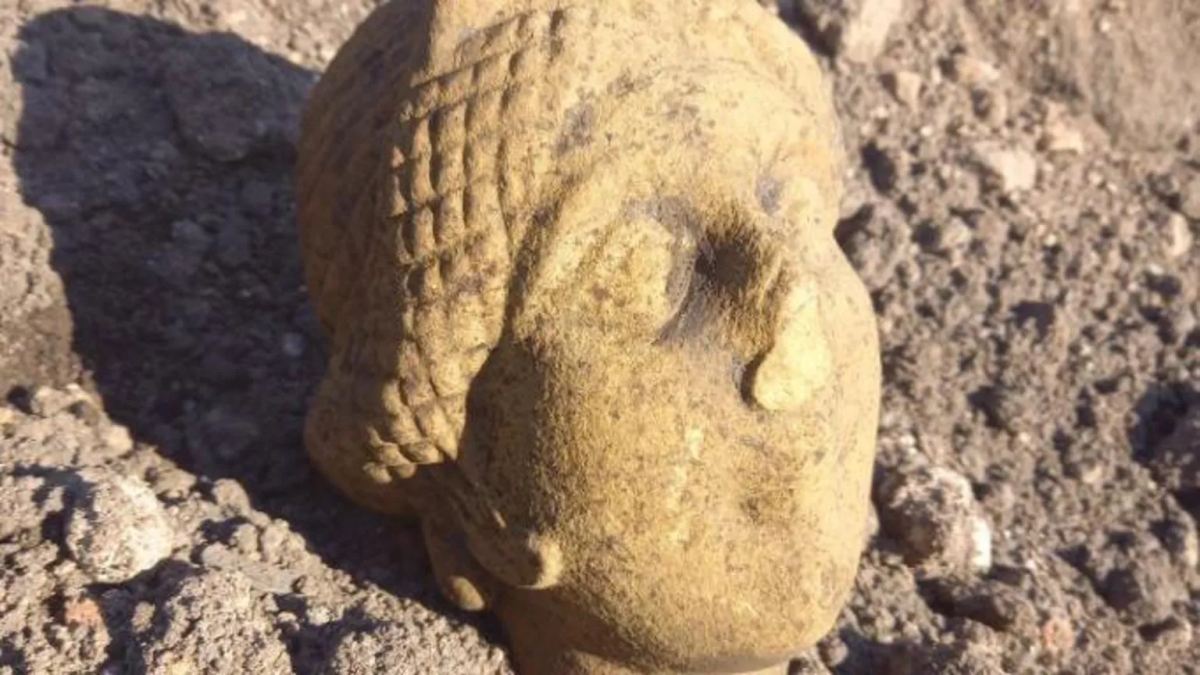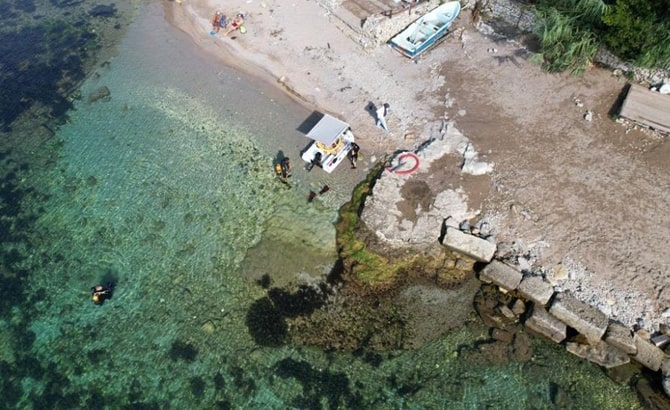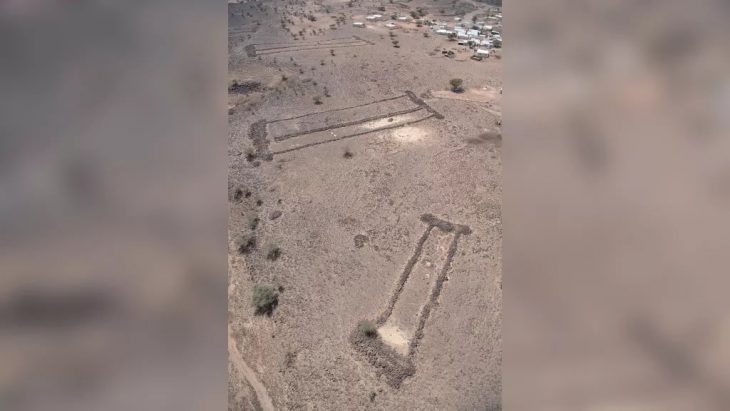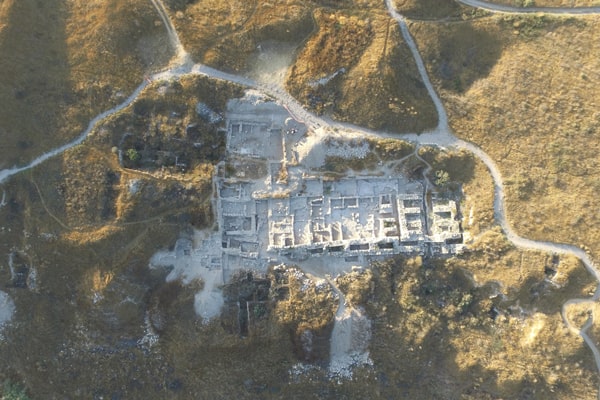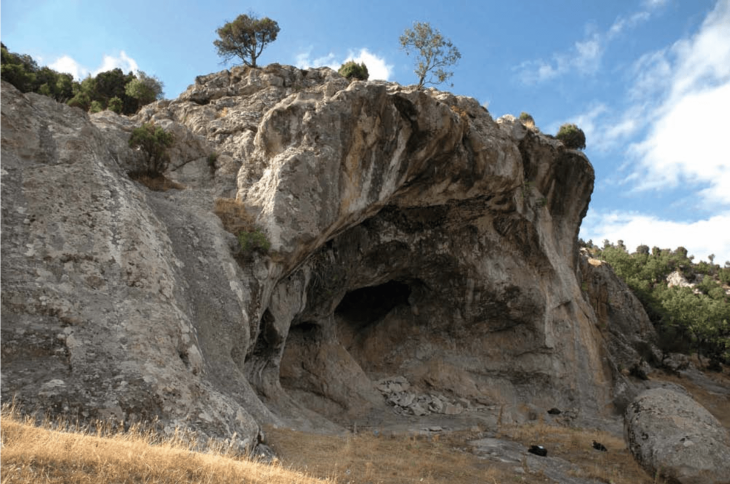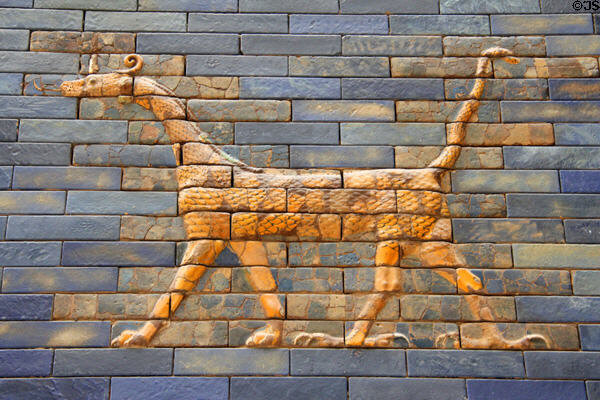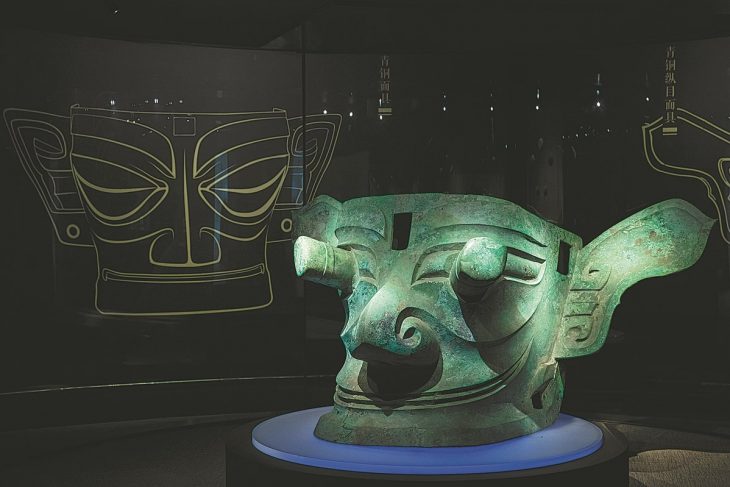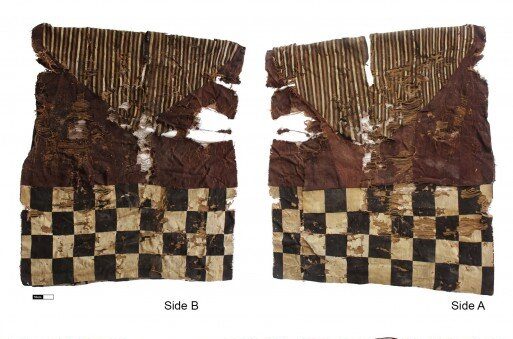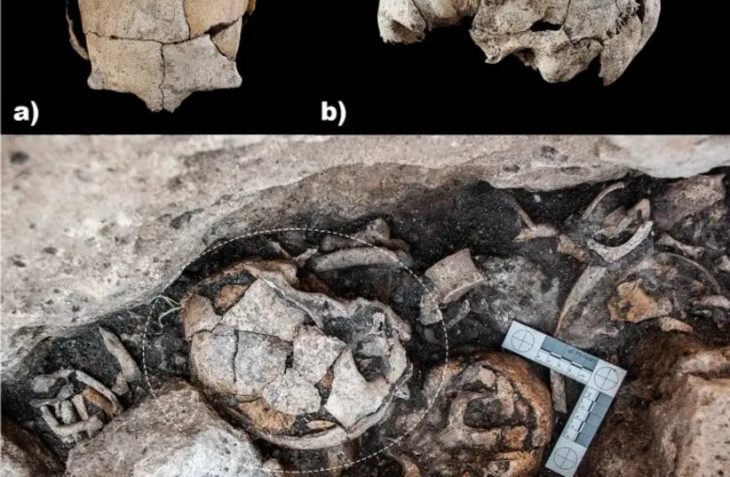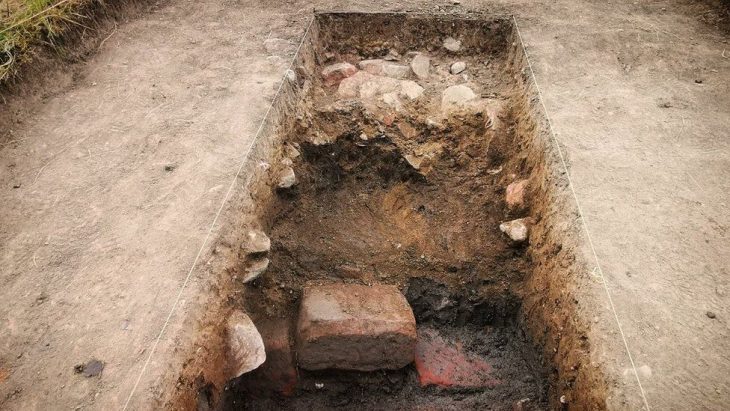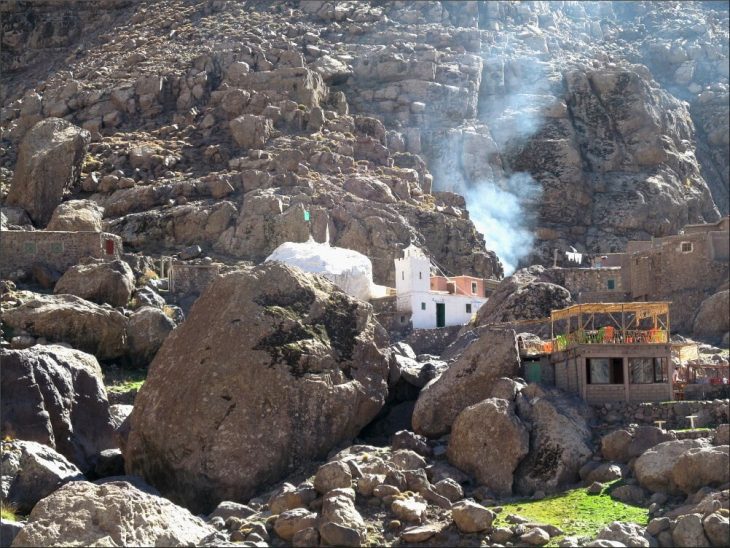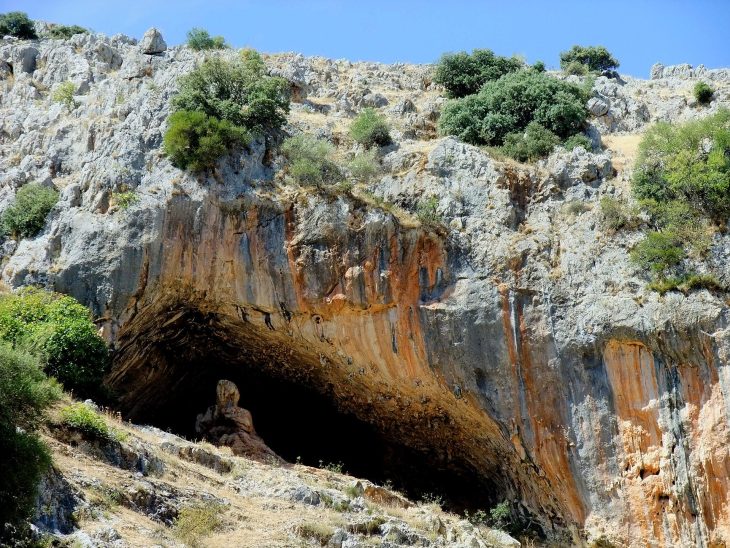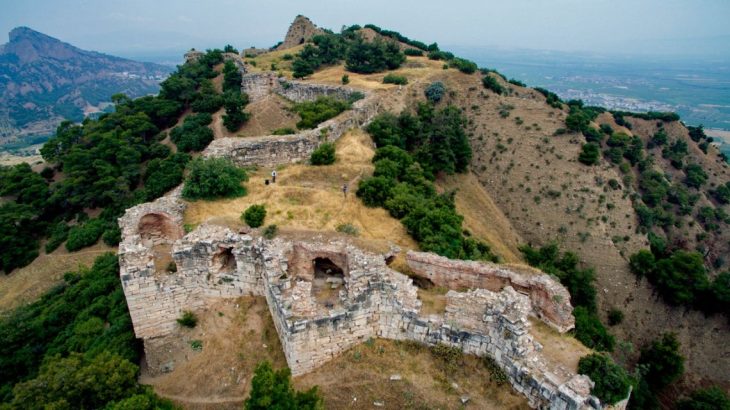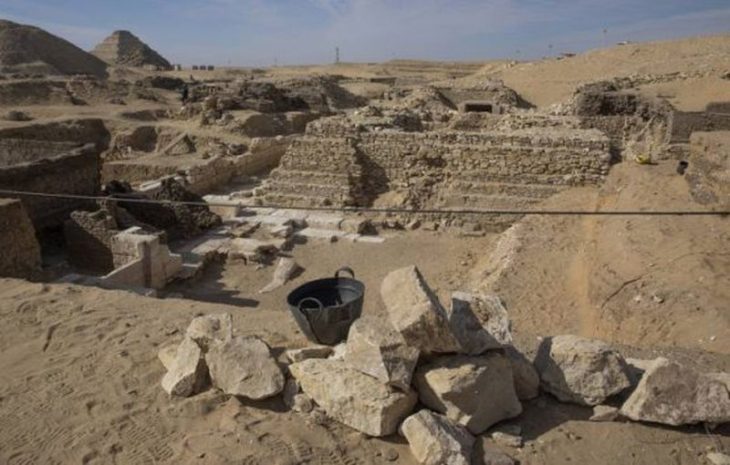Another carved stone Roman head has been found by volunteers at Carlisle’s Roman Bathhouse site in the Cricket Club grounds.
The Carlisle Cricket Club hired archaeologists from Wardell Armstrong LLP in 2017 to evaluate a new Cricket Pavilion. It was during this project that they uncovered a Roman Bathhouse, which is currently the largest known building on Hadrian’s Wall.
A collaboration between the Carlisle Cricket Club, Cumberland Council, Tullie, and Wardell Armstrong has brought hundreds of volunteers, known as The Diggers, back to the site annually since 2021 in order to conduct additional site exploration and present the findings to the public.
The artifact was found Thursday, 19 September while exploring part of a newly discovered, monumental Roman building, south of the bathhouse.
The head is thought to be of a woman and is around 18cm by 13cm, and is described as being “much more delicately carved and more detailed than the previous two monumental heads discovered at the site in 2023.”
At about a third of size of the previous monumental heads, it resembles a more Classical Roman style of sculpture. Although details are still pending, it is believed to be a female, found near a potential burial site, and sporting a hairdo that is strikingly similar to that of Empress Julia Domna, who popularized the look. These details suggest the date of the find to be contemporaneous with the bathhouse.
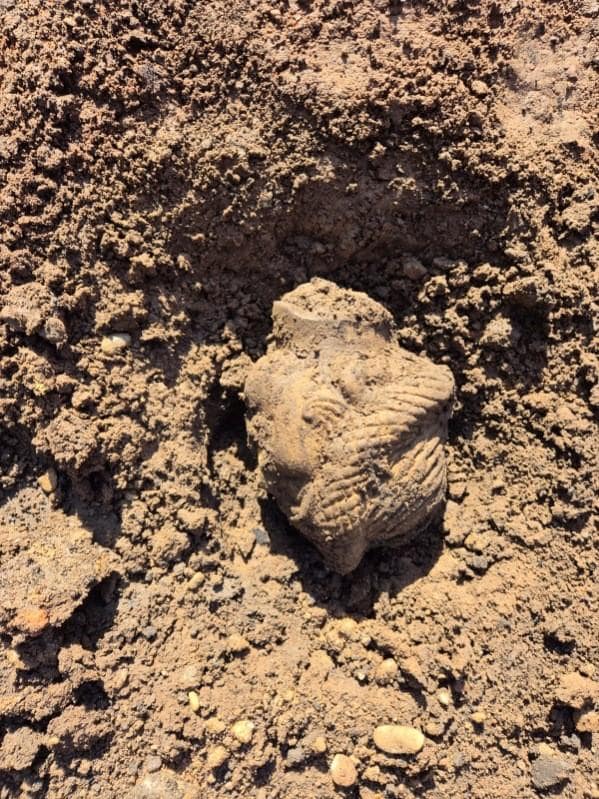
Lead archaeologist Frank Giecco said he was “astounded” by the number of “quality” treasures that had been found at the ground – more than 4,000 since 2021.
He added that even though they had called the site a bathhouse it was also “a leisure centre and HQ”. The building is now estimated at 50m x 60m.
“It resembles a Thermae, a collection of different offices, religious and social spaces, leisure, and administrative rooms.
The diggers have uncovered over 4,000 significant finds, including 700+ Roman coins, painted wall plaster, military artifacts like arrowheads and spear tips, over 400 hairpins, imperial stamped tiles, North African-style roof tubes, glass beads, gaming pieces, and a rare Roman doll’s foot.
The award-winning community archaeological dig will run until October 20, with the site open to the public between 10am and 3pm each day.
More information and how to book as a volunteer can be found at the Uncovering Roman Carlisle website: Https://www.uncoveringromancarlisle.co.uk
Cover Image: Frank Giecco- Cumberland Council

